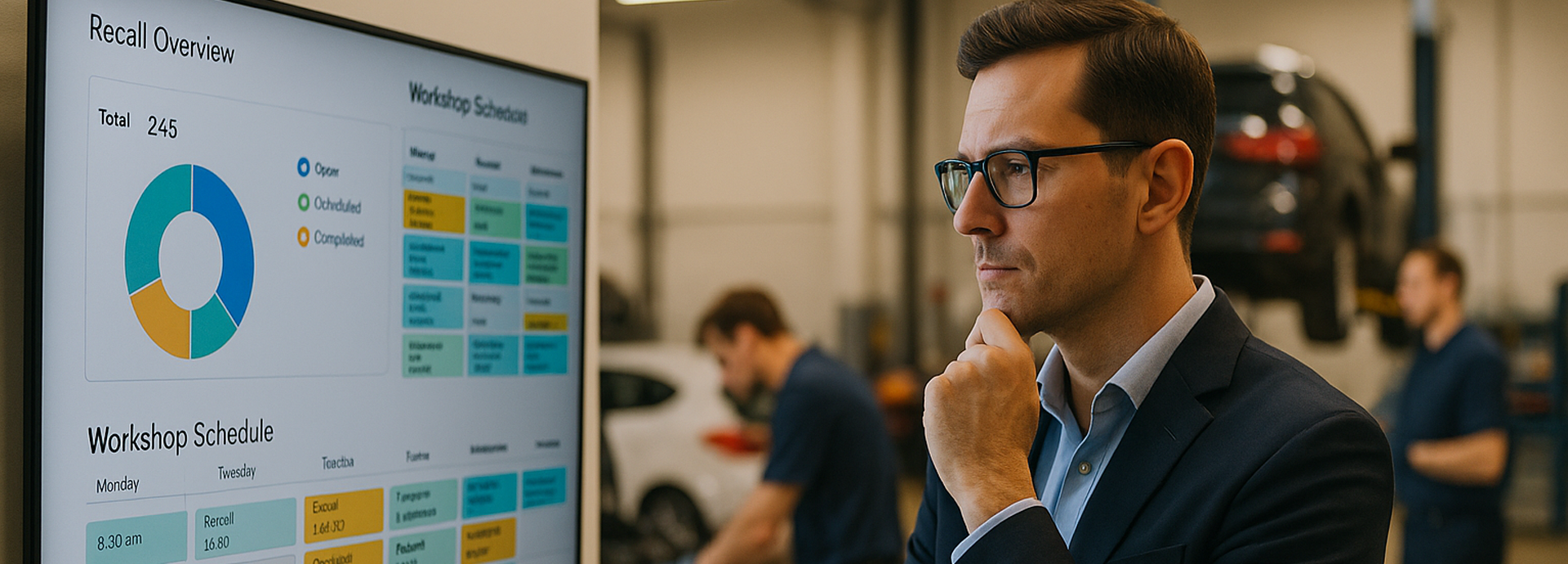Delivering value when customers need it most
Many customers associate up- and cross-selling with pushy sales tactics, but when done right, these strategies provide significant value at precisely the right moment. The key lies in understanding customer needs and timing recommendations to enhance their ownership experience, rather than overwhelming them with irrelevant offers.
? Up- and cross-selling isn’t about pushing products. It’s about solving real problems before they happen.
Why up- and cross-selling is a service
Imagine a customer purchasing a brand-new car. At that moment, they’re focused on the excitement of their new vehicle, not on long-term ownership considerations like extended warranties, maintenance plans, or accessory upgrades. However, months or years down the road, when their manufacturer’s warranty is about to expire, they might find themselves in a tough spot. The last thing they want is an unexpected repair bill they could have avoided.
By proactively informing customers about extended warranties before their standard coverage runs out, dealerships provide a valuable service. This approach ensures customers have the opportunity to make an informed decision, avoiding costly surprises. Far from being a sales gimmick, this is an example of delivering practical solutions at the right time.
Meeting customers where they are
Effective up- and cross-selling is about anticipating customer needs before they become problems. Some key opportunities include:
- Maintenance packages: Customers don’t always think about long-term service costs at the time of purchase, but presenting service plans at the right moment helps them save money and maintain their vehicle’s reliability.
- Accessory recommendations: A customer who buys a new sedan might not immediately consider all-weather floor mats or upgraded safety features, but as they start using their vehicle, these additions can enhance their driving experience and protect their investment.
- Upgrade offers: When a customer is nearing the end of a lease or financing term, reaching out with options for an upgrade ensures they stay within the dealership network rather than exploring competitors.
The right message, the right time
Customers don’t want to feel pressured into purchases they don’t need. That’s why personalization is critical. Modern dealerships can use data-driven insights to determine when a customer might genuinely benefit from an offer. For example:
- Sending a reminder about an extended warranty a few months before the factory warranty expires.
- Recommending a winter tire package at the start of the cold season to ensure safety.
- Offering trade-in options when a customer has reached a key mileage milestone, making it the perfect time for an upgrade.
By aligning sales opportunities with real customer needs, dealerships foster trust and strengthen customer relationships.
The business impact: building loyalty and revenue
Customers who feel valued and supported are far more likely to return for future purchases and services. Strategic up- and cross-selling doesn’t just increase dealership revenue—it enhances customer satisfaction and retention. When dealerships focus on offering solutions rather than just making a sale, they build long-term loyalty and create customers who appreciate their proactive approach.
Happy, informed customers are loyal customers. And loyal customers spend more.
Final thoughts
Up- and cross-selling should never feel like a hard sell. When done thoughtfully, these strategies help customers make smarter decisions about their vehicle ownership, saving them time, money, and stress in the long run. Instead of seeing these offers as an unnecessary expense, customers will come to view them as a dealership’s way of looking out for their best interests.


